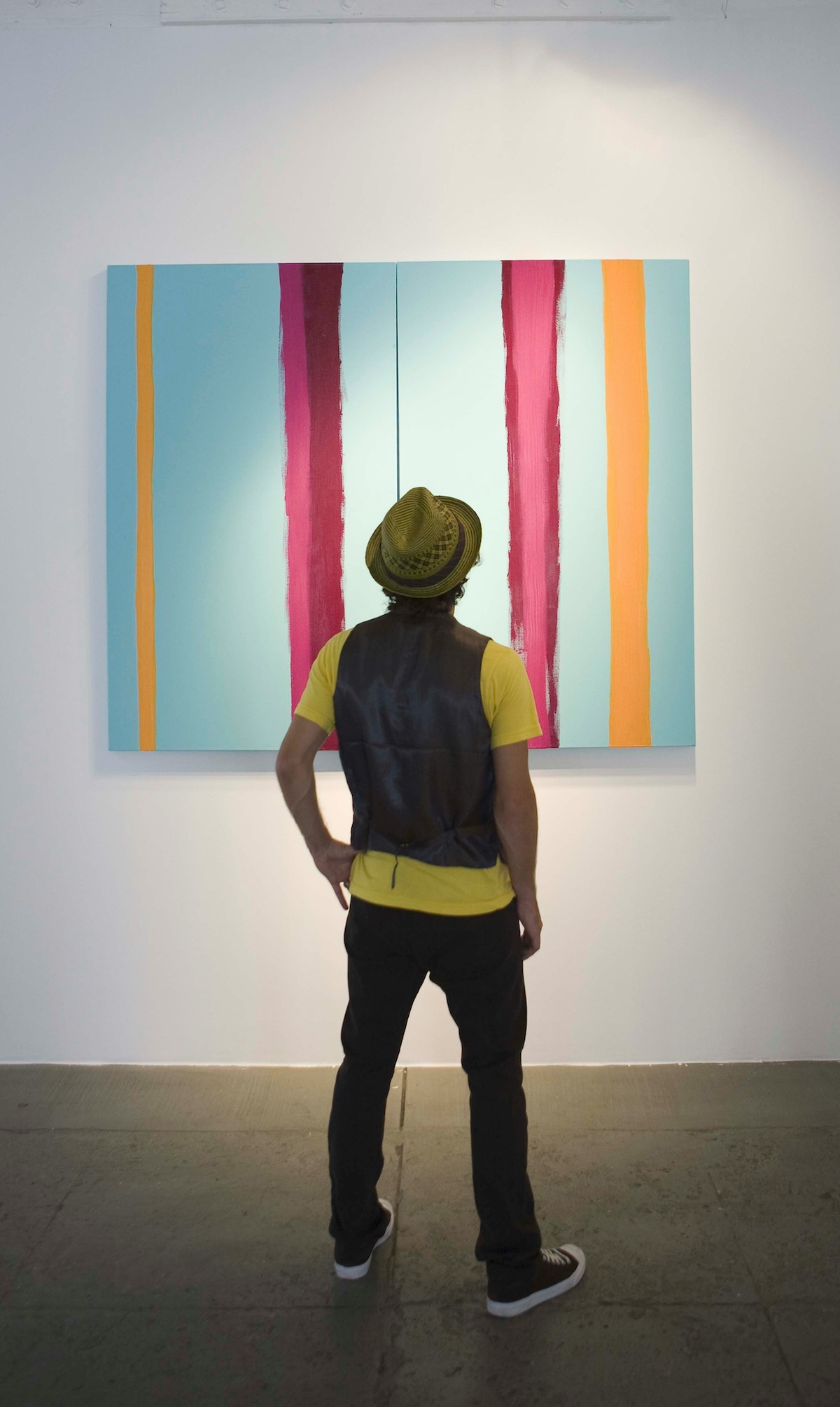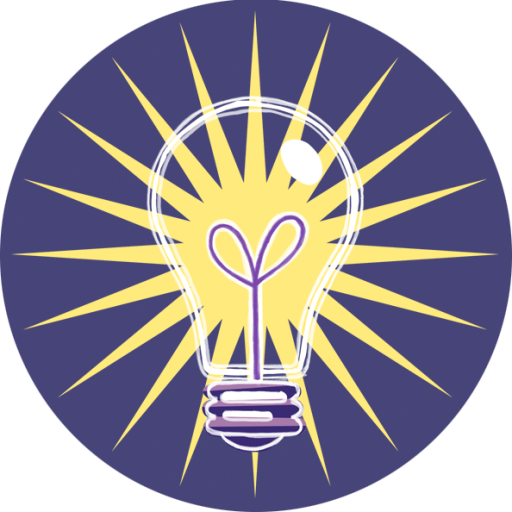‘Slow looking?’ you say. ‘Are you mad? There’s no time for that kind of thing in my practice.’ And you remember the Carrie Fisher quip: ‘Instant gratification takes too long.’ Actually, there are good reasons for finding time for slow looking – starting, perhaps, with lessons learned from its value in medical training.
The origins of slow looking
Slow looking is part of a movement that started with slow food in 1986, a response to the arrival of fast-food giant McDonald’s by the Spanish Steps in Rome. Now there’s slow journalism, slow travel, slow learning, a hesitant step into slow higher education and a host of other slows, a response, of course, to fast everything.
Slow looking ‘simply means taking the time to carefully observe more than meets the eye at first glance,’ says Shari Tishman, Senior Research Associate at a Harvard research and development centre. She goes on:
‘Slow looking is a way of gaining knowledge about the world. It helps us discern complexities that can’t be grasped quickly, and it involves a distinctive set of skills and dispositions that have a different center of gravity than those involved in other modes of learning’ (Tishman, 2018:2).
For Tishman, ‘Slow looking may not typically be identified as a core educational value, but its contribution to critical thinking is foundational: before we can decide what is true and right, it’s important to simply look closely at what’s at hand’ (ibid:7).
Slow looking and observation
There are a growing number of US partnerships between medical schools and museums engaged in a variety of slow looking programmes to increase students’ observational skills. Examining works that depict human suffering has been found to deepen their compassion; exploring the narratives within pictures has increased their understanding of patients’ stories; they begin to recognise their biases and to respect the very varied perspectives that people bring as they explore images together.
MoMA says these slow looking courses ‘help medical students work in teams, strengthen their observation and communication skills, and develop tolerance with ambiguity and diverse interpretations of information’ (cited in Tishman, 2018:139).
These qualities would be valuable in almost any office or industry you care to mention. And ‘tolerance with ambiguity and diverse interpretations’? Wouldn’t that be a fine thing for students who silence ideas they dislike? For the bitter divisions in politics today? For media trolls … oh, no, maybe that’s a bridge too far.
Slow looking and thinking
Now at the development stage is Liaison Librarian Alex Bell’s research into ‘five-step slow looking’ workshops for fashion and textile students (presented at the Art Libraries Conference, July 2023 after its first iteration). He’s working from the belief that, with the development of AI, more than ever we need to ensure that our students are examining what they see very carefully indeed.
They might not get caught by the AI-generated image of the Pope in a gleaming white Balenciaga-style puffer coat (or might they?), but they may come away with some very odd – if not dangerous – ideas about the world if they don’t stop to look carefully at the images they come across. And it won’t, of course, be only students who trip up on AI-generated images: there’ll be people in the workplace making unfortunate decisions based on fast looking/fast thinking.
Benefits of slow looking
Research findings from the Harvard generated Project Zero: Out of Eden Learn suggest a number of other important benefits, not least a feeling of well-being. And when’s the last time anyone’s mentioned projects that make the young feel happy?
The Harvard project brings groups of children and students (3-19) together on a custom-built media platform where they share experiences with children of roughly the same age from different countries and socio-economic backgrounds. The first broad aim is to ‘slow down to observe the world carefully and listen attentively to others’. And participants really engage with slow – they are, says Tishman, ‘quite hungry’ for it (2018:34).
If you want to consider how slow looking works, you might like to take yourself off to a gallery/museum to follow Tate Modern’s guide to slow looking. Or you could take part in Slow Art Day (a global response to the knowledge that visitors spend an average of eight seconds looking at an image.) Here you look at five images/objects for about 10 mins each then share your experience with someone afterwards (the 2024 Slow Art Day is 13 April.)
Slow looking has, as Tishman says, ‘a lot to offer. It helps us uncover the intricacies of objects, systems, and relationships. It allows us to envision and explore diverse perspectives while at the same time probing our own subjectivity. And it helps us discern and appreciate complexity without necessarily dissolving it’ (ibid:150).
And then there’s that feeling of well-being.
You might also like:
Thank you to:
- Ray Martin for researching and preparing this article
Want to learn how to build great courses?
We run a PGCert, PGDip and MA in Creative Teaching and Learning Design.
Find out which stage is right for you.




